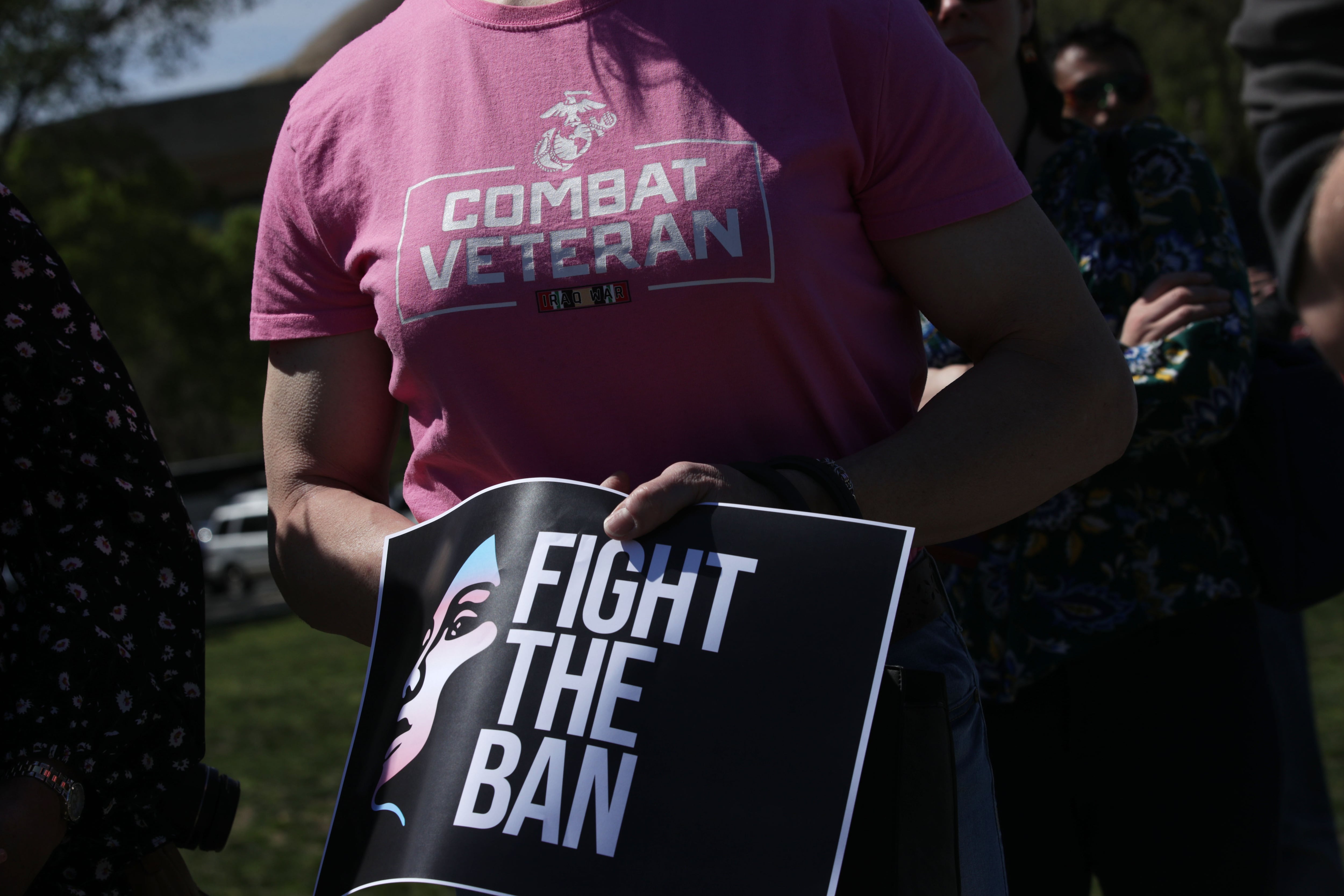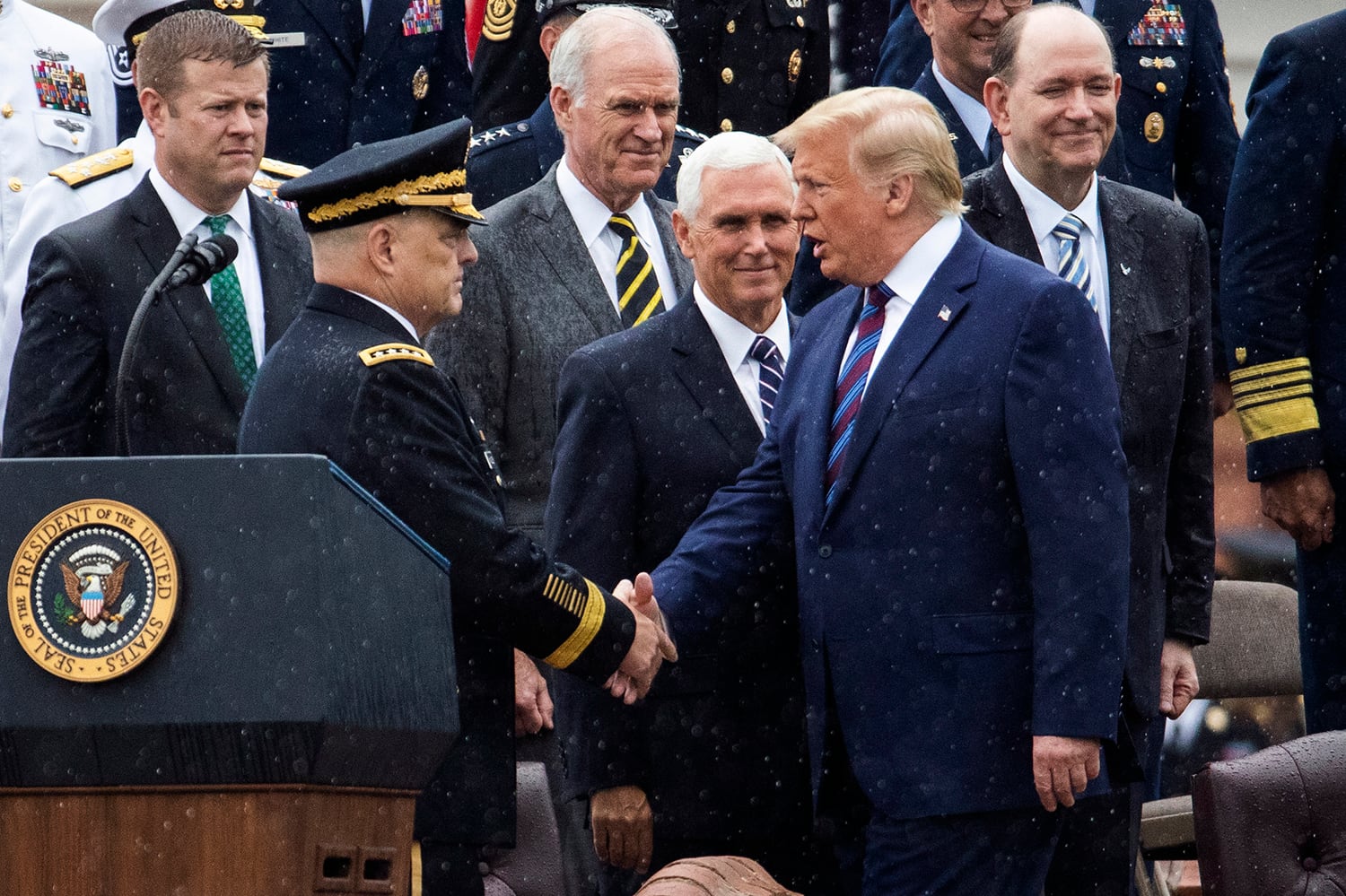With more than 200,000 service members returning to civilian life annually, finding ways to ease the transition and harness the economic power and special skills they possess is key — and pathways to education, education, employment and community are paramount.
More successful transitions to civilian life might also serve as a recruiting tool by setting an example — and carrying that pride into civilian life.
The George W. Bush Institute has issued a series of policy recommendations, urging the current administration to support programs and resources aimed at helping veterans, service members and their families successfully transition to civilian life.
The four recommendations, released in January, are:
- The administration should refine a national veterans strategy.
- The Department of Defense should leverage veteran and military family communities to sustain an all-volunteer force.
- The DoD should invest further in the Transition Assistance Program, or TAP, for the 21st Century.
- The Department of Veterans Affairs and the Social Security Administration should focus on advancing data collaboration.
“These recommendations are not new,” said Col. Matthew F. Amidon, director, Veterans and Military Families at the Institute, which is non-partisan. “Some of this is a reinstatement of what we have believed for a long time.”
However, with a new U.S. Congress in session, Amidon said it’s a great time to take another look at these strategies and the resources available to our military personnel and move toward policies and programs that can work for the long haul.
The first recommendation, refining a national veterans strategy, is a step that would help set priorities, Amidon said. There are many programs for service members — within the military, through private partnerships and nonprofit organization — and a national veterans strategy would help focus on the current programs and how best to identify gaps and what other resources are needed. The strategy is also a way to learn from those who have transitioned — seeing what works and what doesn’t.
“We’ve been pushing for this for 10 years,” said Nicholas Armstrong, the managing director of Research and Data at the D’Aniello Institute for Veterans and Military Families at the Maxwell School of Citizenship and Public Affairs at Syracuse University.
Armstrong helped write a national veterans strategy in 2013 and applauded the effort to create a new strategy.
The conversations had in 2013 were different than the conversations that need to happen now, Armstrong and Amidon both said. In 2013, the conversation around a national veteran strategy was focused on helping veterans navigate to the right services and thinking bigger — taking it beyond the Department of Veterans Affairs or the Department of Defense.
Ten years ago, the country was also in multiple conflicts and coming out of a recession.
Today, the military has withdrawn from Iraq and Afghanistan and the country is coming out of a pandemic. There are different economic and social conditions, but the obligation to service members and their families — to help them make successful transitions to civilian life — remains unchanged.
A national veterans strategy needs to include some interagency body or executive order than can drive it forward — creating lasting policies and plans.
“Being White House-led matters, because it drives the right folks to the table,” Armstrong said. “That is the level that needs to engage. That is the level where we need to join forces.
“It’s a critical piece of insuring that the rest of America, including young kids, see the value of service.”
Focusing on helping service members, veterans and their families make successful transitions to civilian life may influence others to make the decision to serve, Armstrong said.
In fact, the military is facing a recruiting crisis, as it approaches the 50th anniversary of the all-volunteer force.
The Army missed its recruiting goal by 15,000 soldiers; other branches struggled as well. Creating pathways to careers post-service is one thing that might help recruiting efforts — and a national veterans strategy is one way to achieve that.
“Service to our nation is a pathway to economic success,” Amidon said





